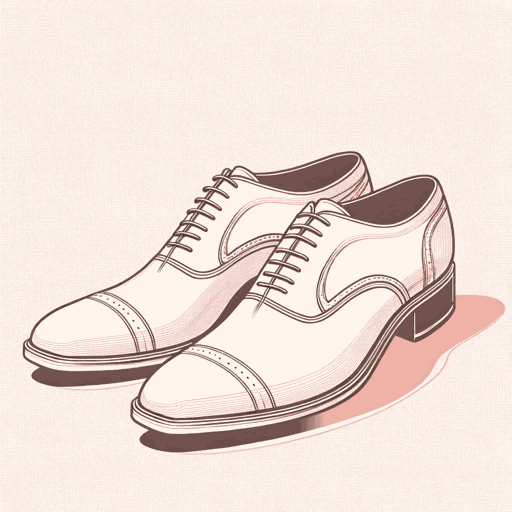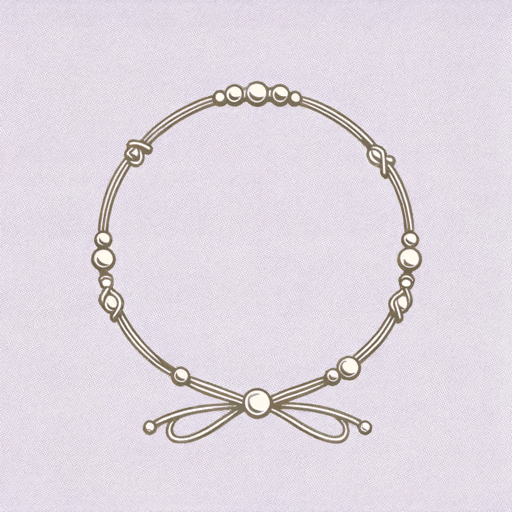49 pages • 1 hour read
Elena FerranteThe Lost Daughter
Fiction | Novel | Adult | Published in 2006A modern alternative to SparkNotes and CliffsNotes, SuperSummary offers high-quality Study Guides with detailed chapter summaries and analysis of major themes, characters, and more.
Summary and Study Guide
Overview
The Lost Daughter is the third novel by acclaimed pseudonymous Italian writer Elena Ferrante. First published in Italian in 2006 as La figlia oscura, the novel was translated into English in 2008 by Ann Goldstein, the translator responsible for all of Ferrante’s English-language publications. In 2021, the text was adapted into a feature film directed by Maggie Gyllenhaal and starring Olivia Colman.
The Lost Daughter is a dark psychological novel that explores the relationship between the past and present; motherhood and the complexity of female identity; and class, language, and education. When Leda, a 47-year-old professor of English literature, goes on a working holiday, she becomes captivated by a young mother and her daughter on the beach. Observing the woman and her Neapolitan family generates memories of Leda’s childhood and her challenging experience with motherhood. She is forced to face these memories and come to terms with her feelings of maternal ambivalence.
This guide refers to the 2021 paperback edition of the novel published by Europa Editions.
Plot Summary
The Lost Daughter opens with Leda, the protagonist and narrator, driving her car. She experiences a strange pain in her side and loses consciousness. She wakes up later in the hospital and contemplates the events that led her there.
At 47 years old, Leda is the divorced mother of two adult daughters who have recently moved to Canada to live near their father. Delighted with the freedom of her empty nest, she plans a beach vacation to relax and prepare her literature courses for the upcoming academic year. At the beach, Leda encounters a large and noisy Neapolitan family. Among them is Nina, a young mother, and her daughter, the two-year-old Elena. Nina looks like a “perfect mother” to Leda, and she becomes obsessed with watching her and Elena.
Observing Nina and hearing the Neapolitan dialect of her family brings back many memories for Leda, who also grew up in Naples. Leda’s mother was a miserable woman who constantly threatened to abandon her daughters, causing Leda to live in perpetual fear of her mother’s disappearance. She grew up determined to become the proper, cultured woman her mother pretended to be and moved to Florence at 18. There, Leda studied literature and discarded her Neapolitan dialect for standard Italian. By the time she turned 25, Leda had two young daughters. Almost immediately, she felt smothered by motherhood. Her career as an academic seemed to be over as her daughters absorbed her entire life.
Amid her turmoil, Leda met an English backpacker named Brenda, who helped her imagine a different life for herself. When an important colleague cited one of Leda’s papers at an academic conference, her career began to take off. She started an affair and abandoned her daughters and husband, determined to focus on herself and her potential. Three years later, she returned to them, committed to motherhood but still struggling with feelings of ambivalence.
Back on the beach, little Elena goes missing one day. The Neapolitan family panics, and Leda finds the child safe but distraught over losing her beloved doll, Nani. Leaving the beach, Leda finds Nani in her purse; she has taken it but isn’t sure why. Over the following days, Leda considers how to return the doll but continues postponing the action. Sometimes, she even thinks she needs the doll more than Elena. Meanwhile, Elena is devastated by the loss of the toy, and Nina struggles to calm the child. The Neapolitans and the bathhouse attendant, Gino, search the entire beach and even resort to passing out flyers.
Tension builds as conversations revolve around the lost doll, and still, Leda says nothing. She decides to buy some new clothes for the toy before returning it and runs into Nina, Elena, and other members of the Neapolitan family at the store. They are there to buy a new doll for Elena. Nina confesses the trouble she has had with her daughter since losing Nani, and Rosaria, Nina’s pregnant sister-in-law, asks Leda what her children were like when they were small. Leda admits that she doesn’t remember much because she abandoned her daughters. The Neapolitans are shocked, and Leda leaves the store in a hurry.
A few days later, Nina finds Leda at a street fair. Leda buys Nina a hatpin, and they talk about Elena. The little girl is particularly distraught over her missing doll because she believes Nani is pregnant and needs her medicine. Then, Nina asks Leda about the decision to leave her daughters. Leda tells Nina that she left and returned out of “love of [her]self” (118), not a sudden dawning of maternal conscience. Instead, she realized that nothing else she made would “truly equal” her daughters. Nina, whom Leda has seen kissing Gino behind her husband’s back, alludes to experiencing a similar maternal “turmoil,” but before she can ask more questions, Nina’s family sweeps her away.
When Leda gets home, she inspects Elena’s doll more closely. She cleans the dirty water out of Nani’s stomach and then pulls a worm out of her mouth; it is the baby Elena claimed was in her doll’s belly.
The next day, Leda goes to a dance in town, and Gino walks her home. When they arrive, he asks if he and Nina can use the apartment for a few hours. Leda tells Gino she would prefer to speak to Nina and then goes upstairs. Nina calls, asking to meet with Leda, and the two arrange a time for the next day. When Nina arrives, she tells Leda she wants “to escape,” and Leda says she will help her. Just as Nina is about to leave with the keys, Leda presents her with the doll. Nina is shocked and angry. She curses Leda and then stabs her with the hatpin before running out with the doll. Leda begins to pack her things slowly. Her phone rings, and she hears her daughters’ voices, asking how she is and why she hasn’t called. She tells them, “I’m dead, but I’m fine” (140).
Related Titles
By Elena Ferrante

My Brilliant Friend
Elena Ferrante

The Days of Abandonment
Elena Ferrante

The Lying Life of Adults
Elena Ferrante

The Story of a New Name
Elena Ferrante

The Story of the Lost Child
Elena Ferrante

Those Who Leave and Those Who Stay
Elena Ferrante

